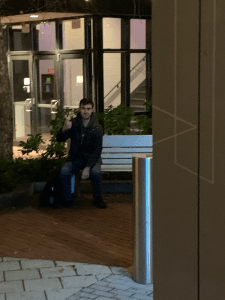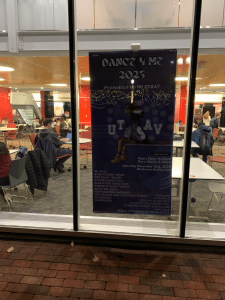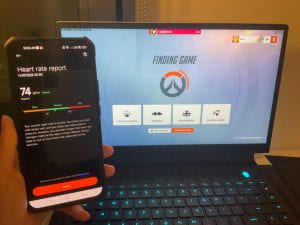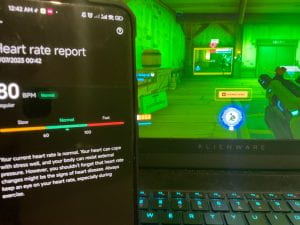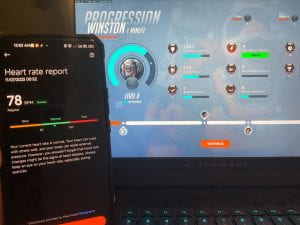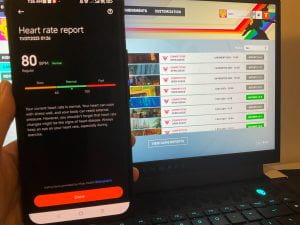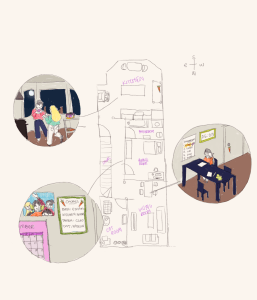Overview
The work I chose to make for my intervention piece is called “A Portrait Opportunity.” In this work, the artist goes into a already existing social gathering (the premise of the gathering does not matter), and holds their phone up with the camera app open toward the rest of the room. From there,
Setup/Rules
- Go to a natural social gathering of some kind.
- Hold your cell phone up with the camera app open in a random direction (ideally not facing right in front of a wall, however). Make sure to hold the phone with two hands in a pose that highly suggests you are taking a photo.
- Observe what the people around say and do in reaction. If someone purposely goes in front of the camera, take a picture.
Documentation



Picture 1: One of my roommates as we had a movie watch party with friends at our apartment
Picture 2: One of the hosts of a dinner party I attended
Picture 3: School club member at the end of a club meeting
Artist’s Statement
My intervention piece, “A Portrait Opportunity,” is inspired by the daring performances of artists like Chris Burden, whose works such as “Doomed” often prompted audience members to observe and potentially interact with him.
With “A Portrait Opportunity,” I seek to explore the dynamics of social interaction and power within the context of a natural social gathering. By inserting myself into these settings with my phone held up as if taking a photo, I create a scenario where others must navigate around my active camera angle. This presents two possible responses: some may view the camera angle as an obstacle to be avoided, perceiving me as having dominance over the space, while others may see it as an opportunity to become the dominant focus in that moment.
Drawing parallels to Burden’s work, where audience members were invited to observe and potentially interact with him, “A Portrait Opportunity” challenges traditional notions of power and agency within social settings. Much like Burden’s performances, which prompted viewers to confront their own role in the art and the potential consequences of their actions, my intervention encourages participants to consider their response to my presence and the active camera angle.
Through this exploration, I aim to provoke thought and reflection on the ways in which we navigate social environments and negotiate power dynamics. By documenting the reactions and responses of those around me, “A Portrait Opportunity” can be seen as a study in human behavior and interaction, shedding light on the complexities of social dynamics and the performative nature of everyday life.
Though I only included three of the photos, six of the ten times I conducted this experiment resulted in people posing in some way in front of the camera. Two of the ten times people notably scurried out of the way of the photo, and the remaining two times people were already out of the camera POV and remained out of the POV until I put the phone down.




